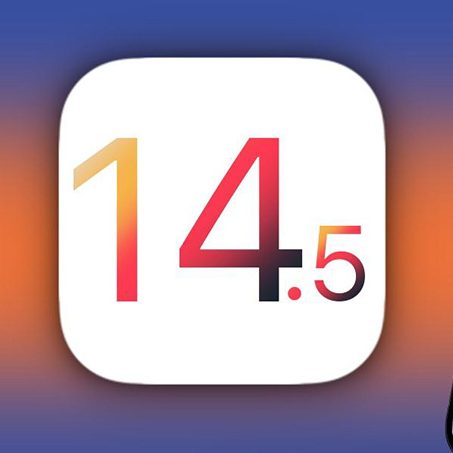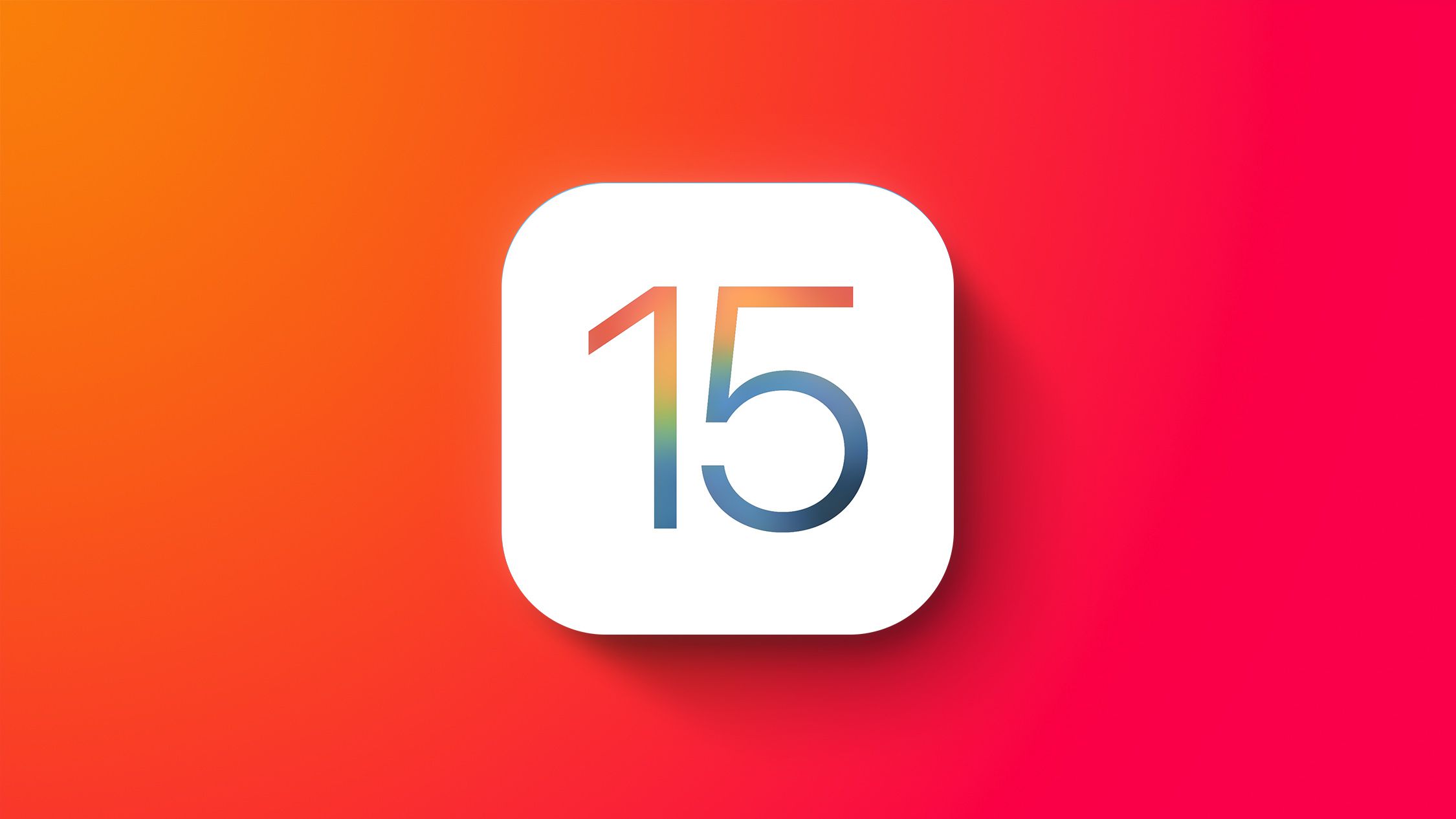It’s been almost two years since Apple first announced the release of iOS 14 at its Worldwide Developers Conference (WWDC) in June 2020, and more than a year since its release to the public on September 16, 2021. From the initial announcement until the rollout of iOS 14.5 in April 2021, the mobile marketing industry was sent into overdrive and pushed to reassess the way it handles user privacy and its approach to the mobile advertising ecosystem in general.
From understanding SKAdNetwork and AppTrackingTransparency (ATT) to best practices for getting the opt-in, building conversion value schemas, and creating marketing strategies that perform best in the post-IDFA world, there are a lot of topics and themes to cover.
In this guide, we put a lens on what iOS 14.5+ is and how it has changed and developed. We examine the ins and outs of working with SKAdNetwork and provide a holistic breakdown to ensure that marketers are up to speed with everything they need to know.
/f/47007/748x140/37d3a4eceb/211207_ios14fromdayonetillnow_blog_graphic1_v01.png)
iOS 14 and the initial release: What was all the fuss about?
Up until the release of iOS 14.5, Apple had allowed each device to have a unique and resettable identifier, which was accessible to all apps downloaded on that device. The option to limit ad measurement was available in the settings of an Apple device, but most users didn’t know, or didn’t bother. This ID, the Identifier for Advertisers (IDFA) could be used by marketers to measure clicks and compare them to installs, which mobile measurement partners (MMPs) were then able to attribute. Iterations of this, starting with the Unique Device Identifier (UDID) had been in place since 2008 — the switch to the IDFA took place in 2012.
The mobile ecosystem has since developed and evolved, however, along with user knowledge of it. Concerns about data privacy and how data is accessed and managed was and is a growing theme among users (and legislators). This has led to regulations like the EU’s General Data Protection Regulation (GDPR) and the California Consumer Privacy Act (CCPA), which brought in new rules about how data must be respected and processed in those jurisdictions.
While the app industry continued to thrive alongside these changes, Apple’s announcement at WWDC 2020 that access to the IDFA would be contingent on gaining user consent via a pop-up garnered a much more severe reaction from the mobile marketing industry. While the impact has not been as catastrophic as some early predictions indicated, and despite user privacy having already been top-of-mind in the industry, it certainly caused a seismic shift in how we’re fundamentally able to approach attribution and measurement.
/f/47007/1000x1000/4466695ba4/h2-ios14_opt-in-strategy-2x.png)
This change meant that attribution as it was understood for many apps and app marketers would be significantly impacted and that the way they had been measuring user acquisition could no longer be guaranteed. Essentially, there are two attribution and ad measurement approaches that can now be leveraged on iOS: The ATT framework that manages access to the IDFA with user consent, and SKAdNetwork. If consent is acquired, those users can be measured and attributed in the same way as before the iOS 14.5 rollout, but for those who don’t, working with SKAdNetwork is crucial, and requires a completely different mindset and approach to how we gather and process information about users.
What do these privacy changes mean for marketers and the industry as a whole?
What this means for marketers, however, is a potential lack of precision and accuracy in user acquisition (UA), attribution, and campaign performance. This is simply because advertisers have less visibility into user-level data and campaign metrics. UA with the IDFA relies on precise campaign data that gives marketers visibility over performance, empowering decisions around which channels to invest their budget in, and how to optimize performance. There are usually specific KPIs like Day 0/Day 1 retention, user LTV, ROI, and ROAS. Marketers working with this model often operate within thin margins regarding where they invest budgets, And how to scale may come down to a matter of a few percentage points. SKAdNetwork prevents this level of insight simply because the aforementioned KPIs aren’t supported. This makes understanding which channels to focus on complex in an ecosystem where mobile performance marketing had previously made it relatively automated and straightforward and instead pivots attention onto how essential UA managers are post-IDFA.
Advertisers who get high opt-in rates are still able to have a good understanding of their KPIs per campaign and can optimize efficiently, as all tools and means of measurement they’re familiar with can be leveraged. Also, the better your opt-in rates, the more data you have to work with to deterministically work with non-consented data.
The rest of the inventory that is tracked via SKAdNetwork is more complicated to measure and manage. Let’s take a look at how this impacts the three most common monetization models: in-app advertising, in-app purchases, and subscriptions.
- In-app advertising
There are two main types of ads, contextual and targeted. Contextual, or non-targeted ads, are less specific, while targeted ads are served to specific users — based on their IDFA. They’re more expensive, but they offer higher conversion rates, making them the more popular choice generally speaking. Naturally, on iOS 14.5+, if a user hasn’t opted in, their IDFA is not available, and they can’t be served targeted ads. This is why some users have noted seeing more ads since opting out. Many publishers are serving an increased number of ads to make up for revenue lost from lack of access to contextual targeting. - In-app purchases & subscriptions
Users pay for in-app goods or services in a wide variety of apps, such as when buying gold or coins in a gaming app, unlocking premium features in a health and fitness or productivity app, or signing up for a subscription to a service. Here, iOS 14.5+ doesn’t have a direct impact on revenue, but the lack of attribution for opted-out users makes it difficult for advertisers to measure the success of campaigns, or to understand where high LTV and top-performing users are coming from.
Advertising has not stopped on iOS, and it won’t stop. There will always be users to acquire. This is why we have built support for ATT and SkadNetwork, and we are happy to offer solutions that focus on campaign optimization and actionable metrics. We want to empower our clients to continue to focus on growth.
(to be continued…)
by Tiahn Wetzler
Adjust


